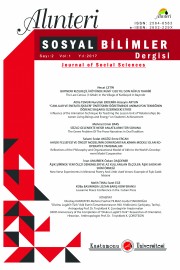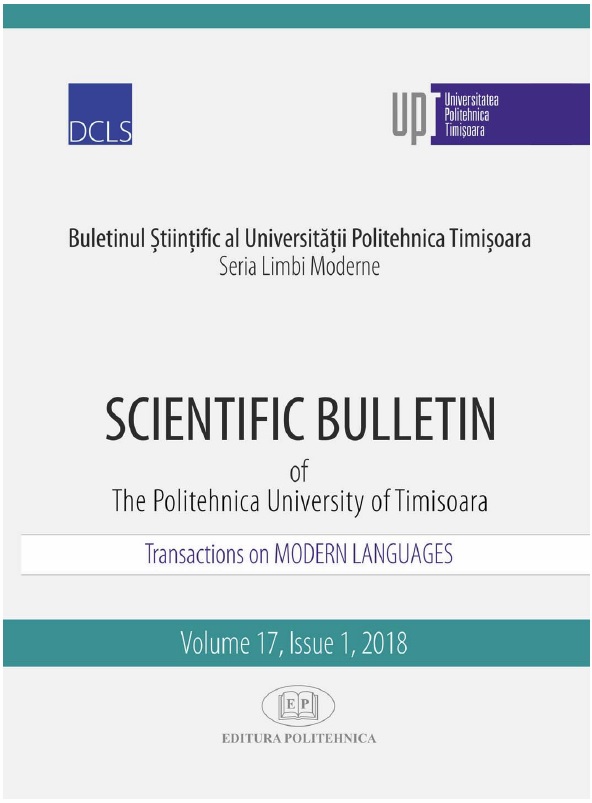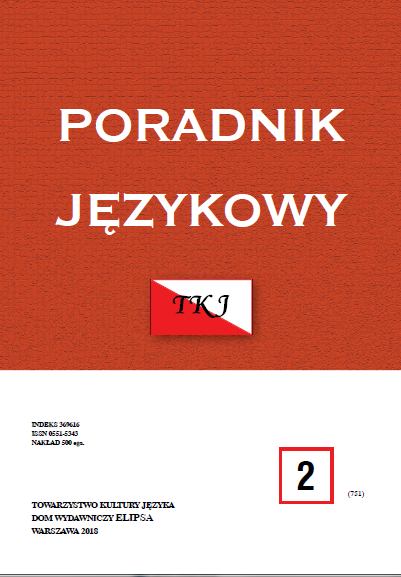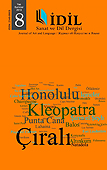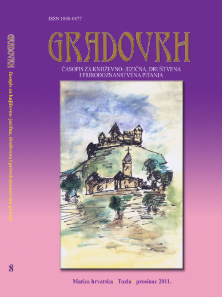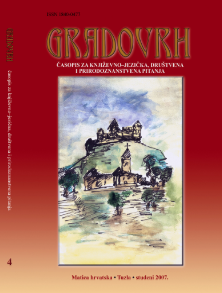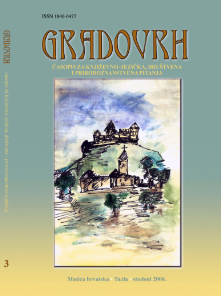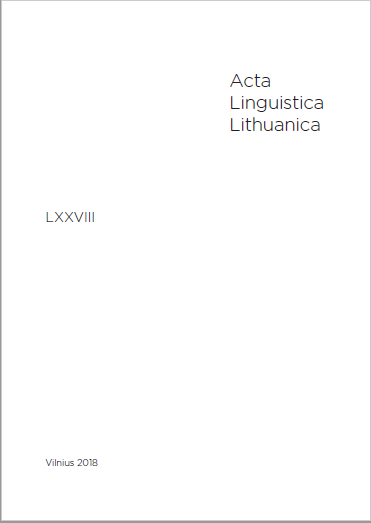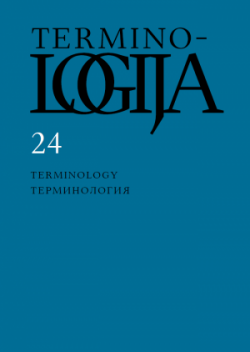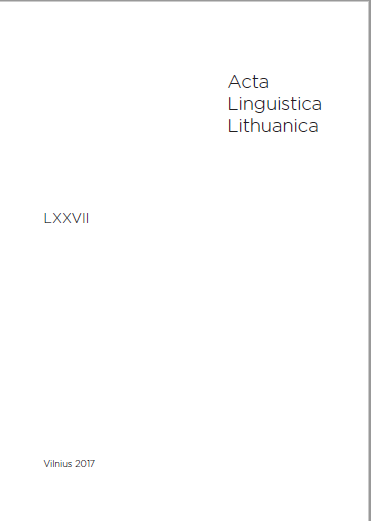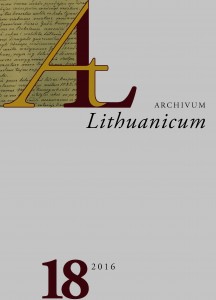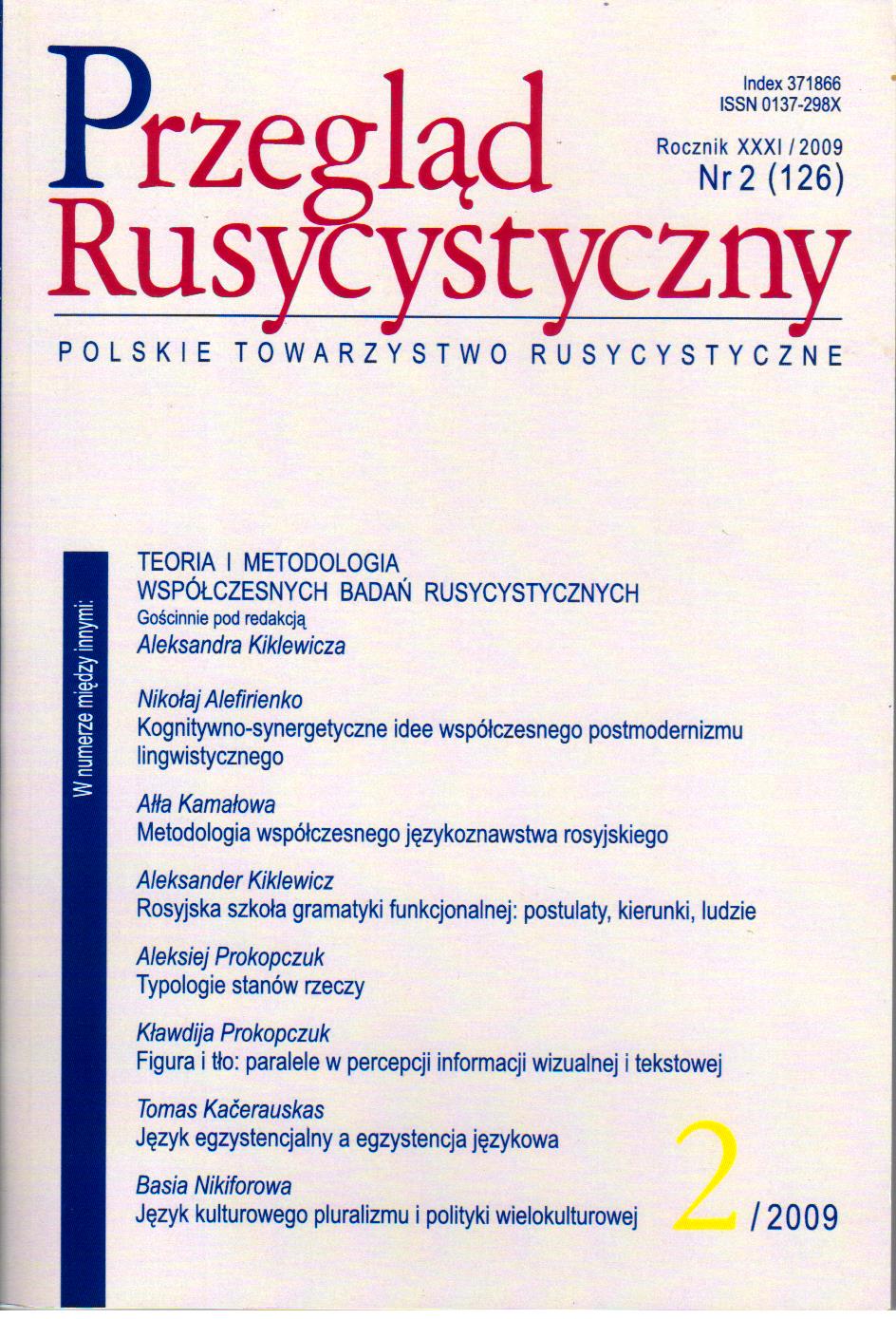
Коммерческая эргонимия на практике
An image of a company is also created by its name. All the names of companies or other financial structures whose main goal is to make a profit we may call commercial ergonyms. The subjects of the article are the most important onomastical models which can help firm to create an attractive image, such as: transonymisation of anthroponyms (names of the owners mostly); values, tradition, history (archaisms); stereotypical way of thinking of “European/American high quality” (English words and grammar mostly); various onomastical neologisms.
More...

